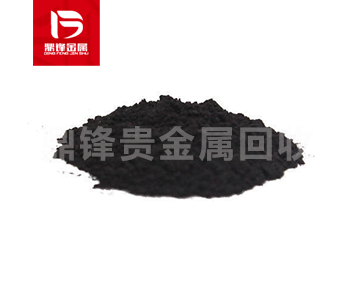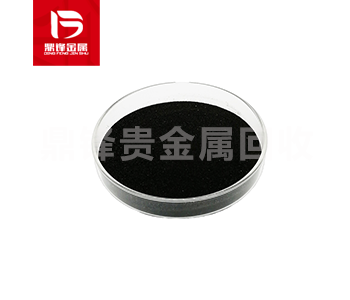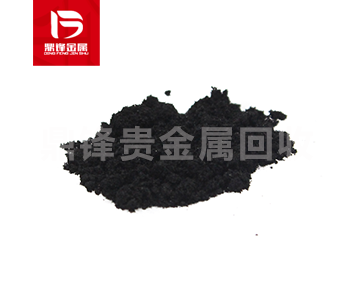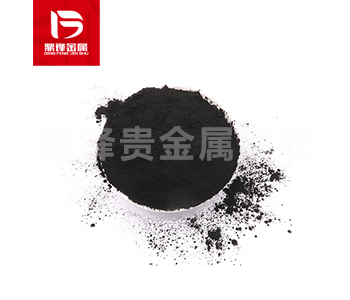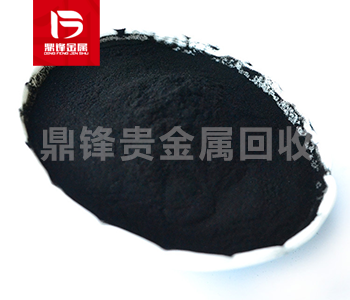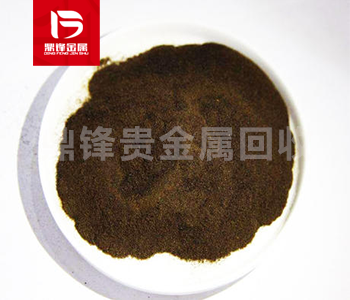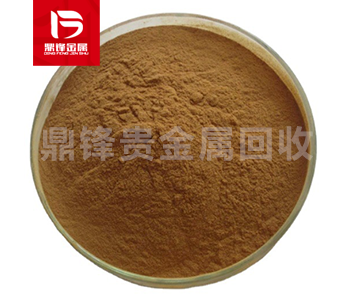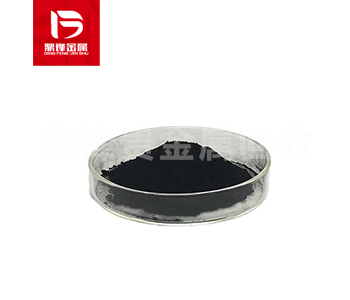Recovery of Ruthenium Zinc Catalysts: Recycling Methods and Challenges for Ruthenium Based Catalysts
In recent years, the demand for more efficient and environmentally friendly industrial processes has led to the development of various catalysts, including ruthenium zinc (Ru Zn) catalysts. These cata
In recent years, the demand for more efficient and environmentally friendly industrial processes has led to the development of various catalysts, including ruthenium zinc (Ru Zn) catalysts. These catalysts have attracted extensive attention due to their unique properties, such as high catalytic activity, selectivity and stability. They have been used in various chemical reactions, including hydrogenation, oxidation and Coupling reaction. However, catalysts such as ruthenium zinc may be expensive and scarce, making their recovery and recycling crucial for reducing costs and minimizing environmental impacts. This article discusses different methods for recovering ruthenium zinc catalysts and emphasizes the importance of developing sustainable and efficient recovery processes.
The Importance of Ruthenium Zinc Catalyst Recovery
Recovery and recycling of ruthenium zinc catalyst provide several benefits, including: 1. Resource protection: ruthenium is a rare and expensive metal, belonging to Platinum group. Efficient mining helps to protect these precious resources and reduce dependence on mining. 2. Cost reduction: Recycling and recovering Ru Zn catalysts can significantly reduce catalyst replacement costs and reduce the overall cost of using their chemical processes. 3. Environmental sustainability: Efficient recycling processes help reduce environmental impacts related to catalyst extraction, processing, and disposal, and contribute to achieving the goal of a circular economy.

Recovery method of ruthenium zinc catalyst
Several methods can be used to recover ruthenium zinc catalysts, including: 1. filtration and washing: This method is suitable for multiphase ruthenium zinc catalysts, where the catalyst is in solid form and can be separated from the reaction mixture through filtration. Then the separated catalyst can be washed and dried for reuse. This method is relatively simple, but may not be applicable to catalysts with significant particle size reduction or those that become inactive due to the deposition of reaction by-products. 2. Liquid extraction: In this method, suitable solvents are used to selectively extract ruthenium zinc catalysts from the reaction mixture. Then the solvent can be separated and evaporated, leaving behind the recovered catalyst. This method can be applied to both homogeneous and heterogeneous catalysts, but it may require extensive optimization to achieve high recovery rates and minimize solvent consumption. 3. Precipitation: This method involves adding a precipitant to the reaction mixture to form a solid precipitate on the Ru-Zn catalyst, which can be separated by filtration or centrifugation. The sediment can then be washed, dried, and reused. This method may require careful control of reaction conditions to achieve high recovery rates and minimize the formation of unwanted by-products.
4. Adsorption: This technology involves the use of adsorption materials, such as activated carbon or resin, to selectively adsorb Ru-Zn catalysts from the reaction mixture. Then, appropriate eluting agents can be used to desorb the adsorbed catalyst and reuse it. This method is suitable for both homogeneous and heterogeneous catalysts and can achieve high recovery rates, but may require extensive optimization and the use of a large amount of adsorption materials.
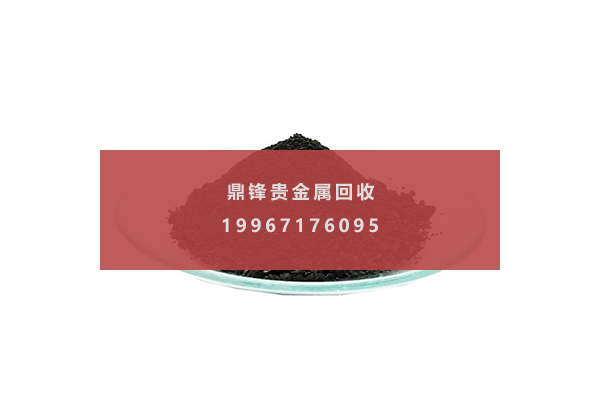
Challenges in the Recovery of Ruthenium Zinc Catalysts
Despite various recovery methods, there are still some challenges in the recovery of Ru Zn catalysts, including: 1. Loss of catalytic activity: The recovered catalyst may exhibit reduced catalytic activity due to its structure, surface properties, or the presence of impurities. Developing effective recycling methods to maintain the original property of catalysts is crucial to ensuring their successful reuse. 2. The complexity of the recycling process: The above recycling methods may involve multiple steps and require optimization of various parameters such as temperature, pH, and solvent selection. This complexity may increase the cost and time required for the recycling process, which may hinder industrial adoption. 3. Separation of ruthenium and zinc: In some cases, it may be necessary to separate the ruthenium and zinc components from the catalyst to obtain a single metal that can be reused or recycled. Due to their similar chemical properties, this separation may be challenging and may require the development of new separation techniques or the use of advanced analytical methods. 4. Economic feasibility: The recovery and recycling of ruthenium zinc catalysts must be economically feasible in order to be widely used in industrial implementation. The costs associated with the recycling process, including equipment, labor, and energy, must be lower than the benefits obtained from the reuse of catalysts. This may require the development of more cost-effective and energy efficient recycling technologies.
In various industrial processes, the recovery and recycling of ruthenium zinc catalysts are crucial for promoting resource conservation, cost reduction, and environmental sustainability. Although there are several methods available for catalyst recovery, there is still room for improvement to address challenges related to maintaining catalytic activity, process complexity, and economic feasibility.
&Quot; Dingfeng Precious Metals Recycling includes precious metals such as gold, silver, palladium, rhodium, platinum, germanium, iridium, ruthenium, etc. This is our business in precious metal recycling. If you have precious metals such as gold, silver, palladium, rhodium, platinum, germanium, iridium, ruthenium that need to be recycled, please contact us and we will provide you with a satisfactory price& Quot;




